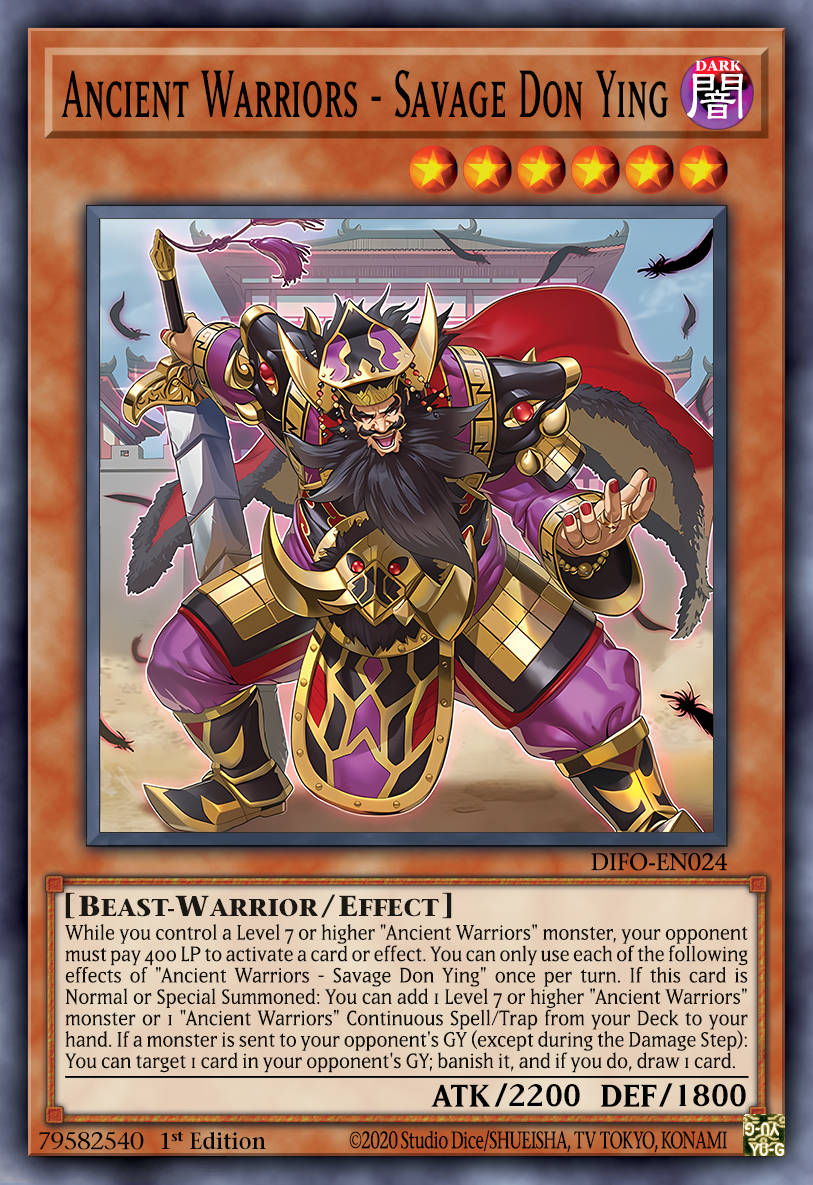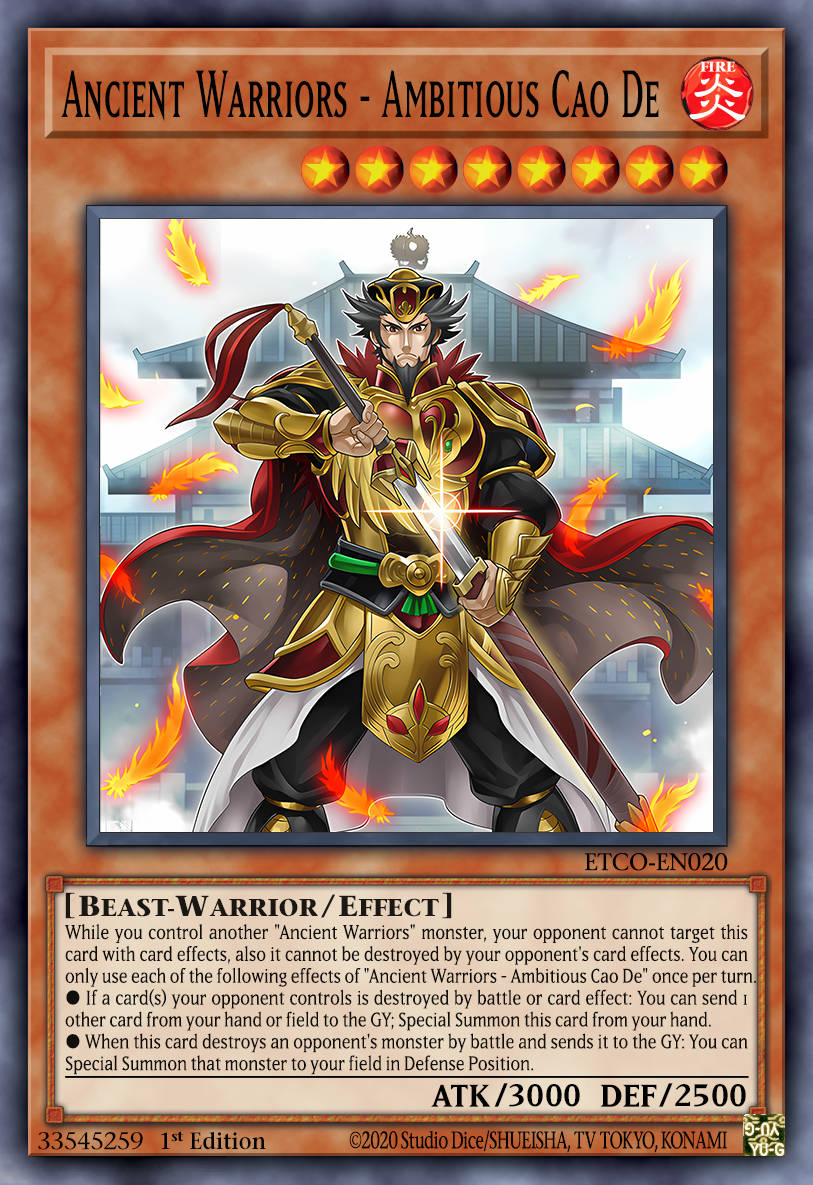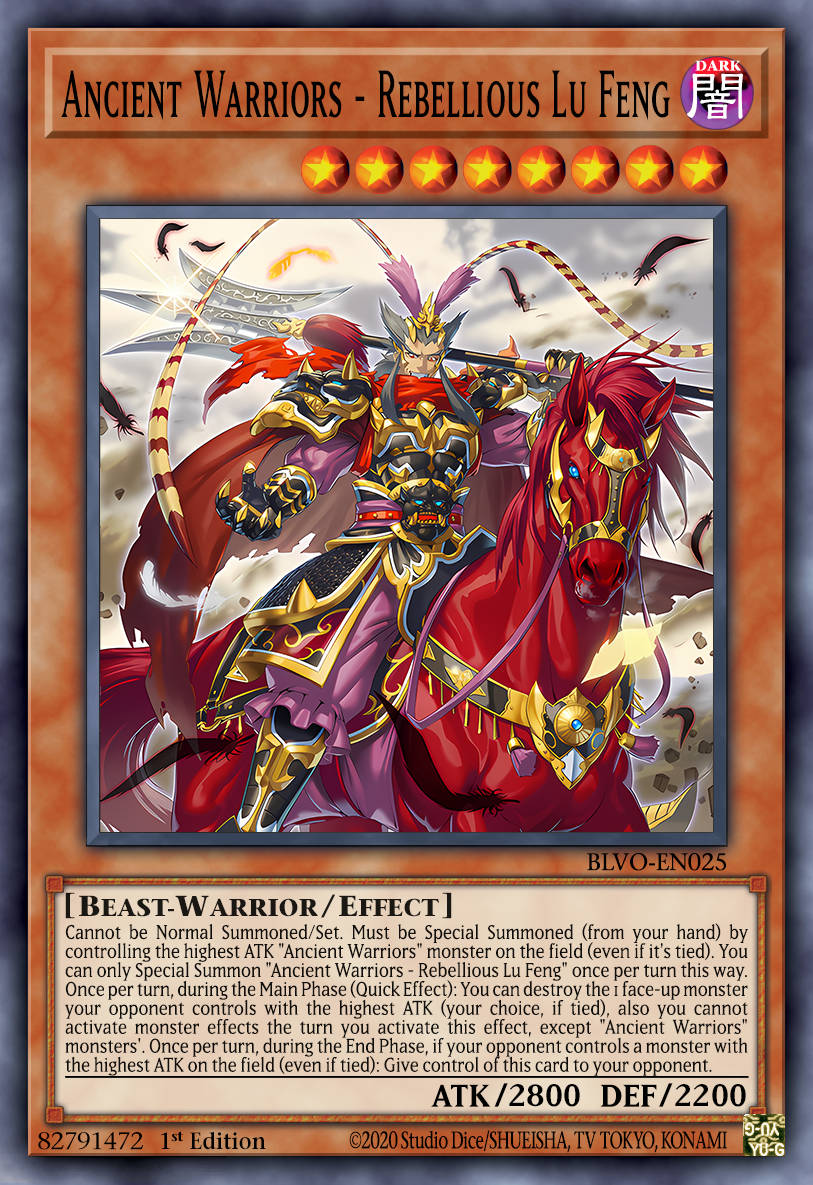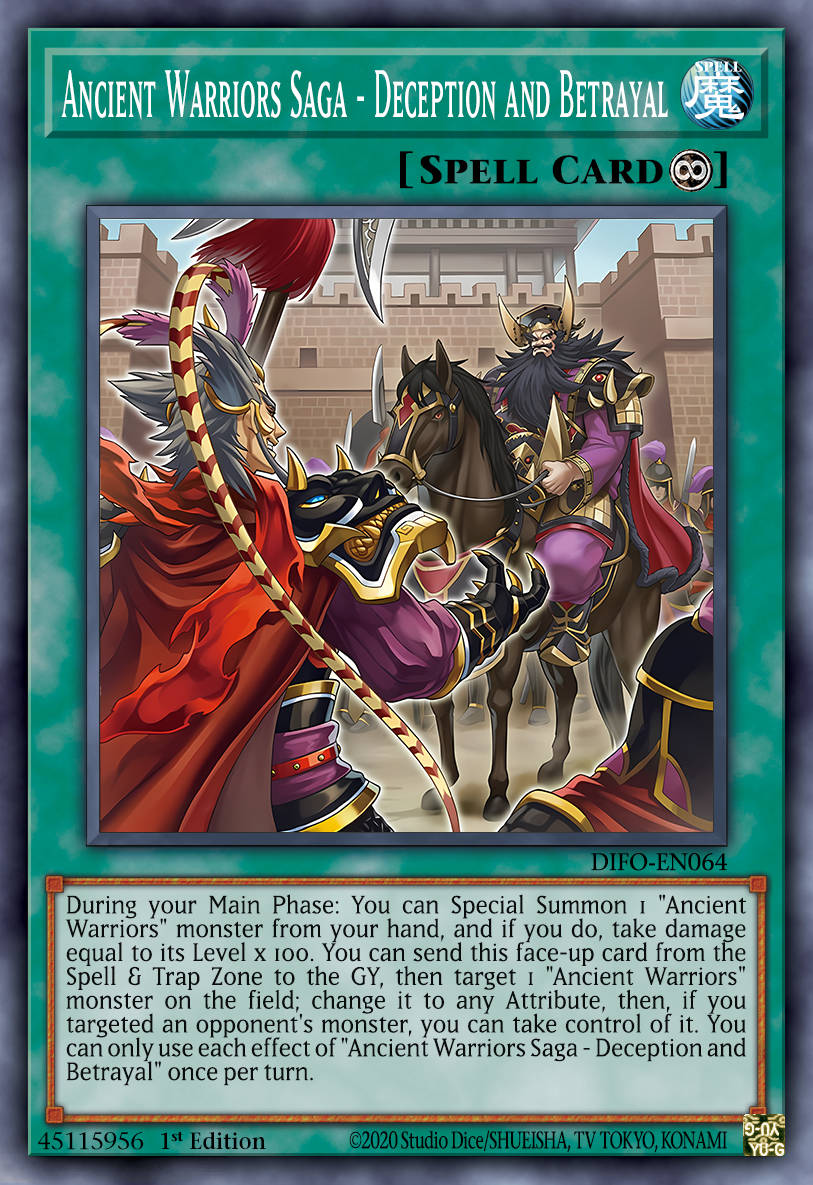
Romance of the Three Kingdoms
Romance of the Three Kingdoms is one of the “Four Great Classical Novels” of Chinese literature. It depicts the plots, deceptions, battles, and stories of the end of the Han Dynasty, when the land was divided and in constant conflict. The novel follows the advisors, emperors, military generals, and other leaders in this divided land as they maneuver around plots, assassinations, and power-hungry schemers as they try to unite the land.
Yu-Gi-Oh!
Yu-Gi-Oh! is originally a Japanese manga created by Kazuki Takahashi, which is the origin for the Yu-Gi-Oh! Trading Card Game after Konami, a Japanese gaming company, bought the license and rights from Takahashi. Since then, it has become one of the top 3 grossing Trading Card Games worldwide, up there with Pokemon and Magic the Gathering. Pokemon has its cards based off of the Pokemon videos games, and Magic the Gathering has its cards based off medieval fantasy, such as concepts from Dungeons and Dragons (D&D), a game owned by the same company. On the other hand, Yu-Gi-Oh!’s themes are seemingly random. For reference, below are two artworks from that same game.


Ancient Warriors
Sometimes, Yu-Gi-Oh! takes some of its card concepts from fictional stories, such as Romance of the Three Kingdoms. “Ancient Warriors” is a series of cards inspired from the novel that has each of its cards depict a character from the novel, or a significant event in the story. The Japanese name of the cards, “戦
火“, roughly translates to “Warring Flower”. Of the characters depicted in the cards, many aspects of the characters are actually referenced in one way or another in their individual cards. For example, characters from the Eastern Wu, such as Zhou Yu and Sun Quan, are depicted with a WATER-Attribute in the top-right. Similarly, those from Shu Han were depicted with a WIND-Attribute, like Zhang Fei and Guang Yu, and those from Cao Wei were depicted with a FIRE-Attribute, like Cao Cao and Zhang Liao. On the other hand, independent characters, like the warlord Dong Zhuo, are assigned the DARK-Attribute. Below are some examples of the more important characters in the novel in card form.

In the beginning of the story, the emperor of the Han Empire, Emperor Shao and his half-brother, were caught up in a rebellion by the Ten Attendants, a group of Court eunuchs. While they escaped with their lives, they were found by the warlord Dong Zhuo. Dong used the opportunity to seize control of Luoyang, the imperial capital, under the guise of protecting the emperor and his half-brother. Eventually, he gained more and more power and influence, casting out Shao and instilling a new puppet emperor, while oppressing the people of the nation for his gain.
“Ancient Warriors – Savage Don Ying” is based off of Dong Zhuo. As mentioned before, the DARK-Attributed listed on the top-right of the card denotes the nation that Dong Zhuo originates from – In this instance, since Dong Zhuo is an independent warlord, he is DARK-Attribute. Additionally, his tyrannical rule over the common people is also depicted in the first line of his card text – “While you control a Level 7 or higher “Ancient Warriors” monster, your opponent must pay 400 LP to activate a card or effect”. This is a reference to how he would oppress the people with taxes for his personal gain; however, in order to do so, he needed a puppet emperor in place, hence the requirement of “a Level 7 or higher “Ancient Warriors” monster”.

Because of Dong Zhuo’s tyrannical rule, there were many failed assassination attempts on him. One such attempt was made by Cao Cao, but unlike previous attempts, Cao Cao managed to escape with his life after the attempt. After this, he called upon the assistance of many other warlords in the land using a fake imperial order, uniting 18 warlords into a singular army to combat Dong Zhuo and overthrow him. Dong Zhuo lost the battles that followed and decided to flee after burning down Luoyang, after which the 18-warlord alliance disbanded due to a lack of proper leadership.
Cao Cao was from the Cao Wei kingdom, as referenced by the FIRE-Attribute on the top-right corner. Additionally, his first line of text makes him more powerful if you have another “Ancient Warrior” in play, referencing his leadership and heightened strength with allies by his side when he fought against Dong Zhuo with the 18 warlords, a contrast to Cao Cao’s assassination attempt on him, as he was alone at the time.


After fleeing from Luoyang, Dong Zhuo went to Chang’an with the remainder of his troops. However, Wang Yun, a minister of Chang’an at the time, was also plotting to assassinate Dong Zhuo. He took advantage of Dong Zhuo’s foul temper and used it as leverage for Lu Bu, Dong Zhuo’s adoptive son. Wang Yun convinced Lu Bu that Dong Zhuo did not truly care about his life, and that a blood relation did not exist between them since he was adopted. As such, Wang Yun convinced Lu Bu to betray Dong Zhuo and kill him.
The card “Ancient Warriors Saga – Deception and Betrayal” depicts Lu Bu’s defection from Dong Zhuo. This is actually represented in the effects of “Ancient Warriors – Rebellious Lu Feng” (the card representing Lu Bu”. The card, while powerful, has a downside to potentially give itself to the opponent if your opponent has a stronger card, representing Lu Bu’s tendency to betray his allies and how he was easily manipulated by Wang Yun.
This is just the beginning of the story of Romance of the Three Kingdoms; in fact, what was just covered is perhaps less than 10% of the complete novel. You can find a complete recollection of the story here, as well as its connections to its Yu-Gi-Oh! card counterparts and references here.

